Genoa - The Last Italian Port of Call
Our last stop-off in Italy before heading into France was the birthplace of Christopher Columbus (a fact still being questioned among historians) – the port city of Genoa. We left from the Cinque Terre, detouring off at pretty Santa Margherita, a short distance away from our base in Levanto, which we turned into a major feat of time and driving due to misinterpreting ambiguous GPS directions. We also wanted to drive through Portofino, 2 minutes away from St Margherita, but were turned away by a police roadblock at Portofino’s one and only entry road. The town was “full” and no more cars were being allowed in! How quaint does that sound.
Onwards to Genoa on the Ligurian coast, theoretically an hour’s drive away, where we’d booked an overnight hotel stay near the harbour before driving into France. Ok, Miss Moneypenny, our GPS electronic gal – “the all-knowing one” whom we depend on to find our way through Italy or we’d still be lost – kept silent when Genoa’s tricky motorways rapidly split into two directions at regular intervals. We drove through the city exit tolls twice until we could make sense of Moneypenny’s directions, with Max by my side blowing his brains off in frustration. She was patient and unresponsive as Max unleashed a barrage of choice words at her.
"Recalculating....recalculating" was her mantra as we took many wrong turn-offs. “Arriving at destination on left”, says Moneypenny as Max swung the car into the hotel’s driveway located on the right. It was a great relief to finally arrive.
Genoa is a grungy, mangy kind of place. It is the least Italian city we’ve explored and yet there was something about it that we liked. Maybe it was refreshing to be in a gritty place after all the prettiness of Chianti and Cinque Terre. Tall apartment blocks spill down Genoa’s steep granite hillsides which fan out along the coast. A melting pot of cultures, there is every shade of skin colour that points to its long history as a trade port. As you walk its streets you pass by eating places such as sushi bars, kebab joints and others with names such as Shanghai Kitchen or Orient Express. Foccacia with pesto and spaghetti with pesto sauce are some of the local Ligurian specialties. 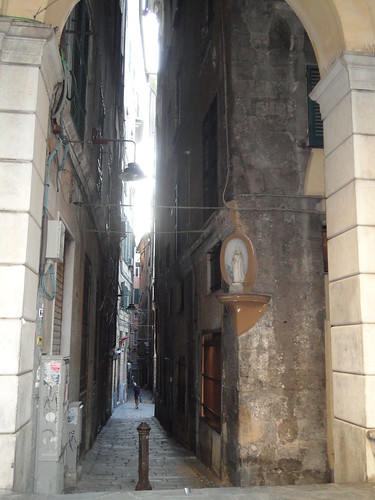 |
| Alleyway, historic centre |
In the old historic part of town across from the harbour are homeless street people with dogs. The vicoli (narrow laneways) are dark, depressing and forbidding. Old buildings are so tall and so close together that sunlight doesn’t penetrate down to ground level. Squeezed in from all fronts by aged buildings is one of the most amazing-looking black and white striped churches, Cattedrale di San Lorenzo. Two huge beautifully-sculpted marble lions sit guarding either side of its entrance.
The renovated harbour, Porto Antico, is a palm tree-lined waterfront with restaurants, bars, luxury yachts, the Biosphere, a pirate ship and a contraption called Il Bigo that looks like a giant hoist that takes you up in a rotating lift for panoramic views of the harbour. Genoa Aquarium, which we visited, spreads out across the pier and onto a floating engineless barge with great exhibits. There was a festive atmosphere about the harbour as eating stalls, vendors and performers had set up for a temporary event that we couldn’t make out – possibly political PR – but we enjoyed joining in the celebrations.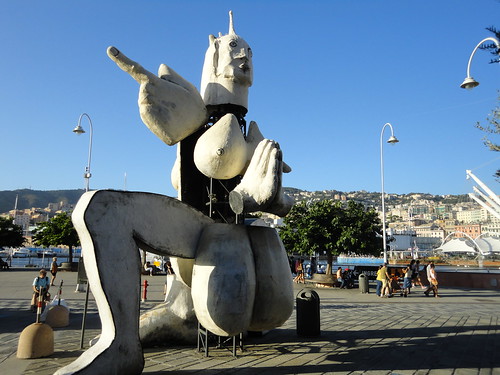 |
Both sides of modern sculpture, Porto Antico |
Whilst strolling the harbour front I was approached (but not Max) by someone handing out leaflets to a Tattoo Convention being held in Genoa on the weekend. Now seriously - I ask you, do I look like the kind of person who is into skin art? It seems like nearly every second Italian sports a tattoo of some kind, so I guess there’s a niche market for a communal gathering for the inked-skin ones. We’ve seen a huge variety of tats on a range of body parts throughout Italy – a few tasteful ones, some pretty ghastly ones and others in places that makes you question whether the tattoo owners were conscious when they chose their design and location.
We really couldn’t do Genoa justice in the short time that we had, although we would have loved to discover more. Looking at the tourist map, it listed nearly 50 palazzi around the city centre (we wouldn’t even try had we had the time!), bucketloads of churches, museums and monuments and many panoramic viewpoints by funicular. Genoa is a city daring to be explored. 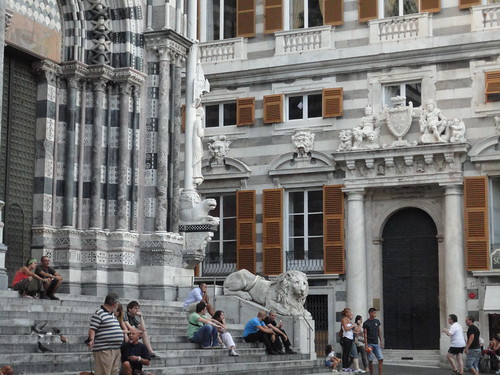 |
| On the steps of Cattedrale di San Lorenzo and below its beautiful detailed facade |
Leaving Italy after almost 3 weeks, we are now well and truly gluten-ed out by Italian pizza, pasta and panini – and may we say, most of them of excellent taste and quality. Our final night in the country, however, was spent eating Turkish kebabs washed down with ayran, a Turkish sour and salty kind of yoghurt that we’ve enjoyed on previous travels to Turkey.
The cost of food as we’ve motored through Italy has been excellent value. An example - Max had to question the café if he was charged correctly (ie, undercharged) for a breakfast of 2 coffees (caffe latte) and 2 croissants = €3-80. Admittedly, it wasn’t in Rome. Any longer in the country, though, and my body would have popped out into the shape of a gnocchi ball. 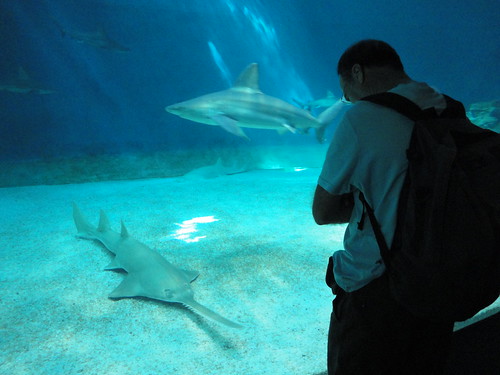 |
| Coming face-to-face with Genoa Aquarium's sea creatures |
The opposite to Russian table service (ie, just as the fork leaves your lips with the last mouthful of food a waiter appears from the wings and whisks your plate away), in Italy once you eat and ask for the bill you could be left sitting staring at the walls or the scenery for a long time. Looks like they’re in no hurry to take your money or have you out of there quickly.
Maybe it’s this time of the year, the end of the summer holiday season when everyone is more relaxed, but drivers in Italy have not seemed as notorious as the stories we’d heard. Highways and motorways have not seen the busy crowded streams of traffic as we’d expected. What we’ve found most impressive is how the Italians are terribly skilled at manoeuvring around and parking their vehicles in the smallest and tightest of spaces, not that they have a choice.Arrivederci, bellissima Italia. Farewell to panini, now we begin the baguette. We head over the border to France next where we bonjour our way around for two months.



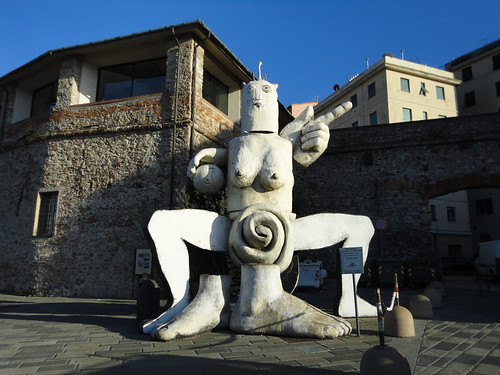

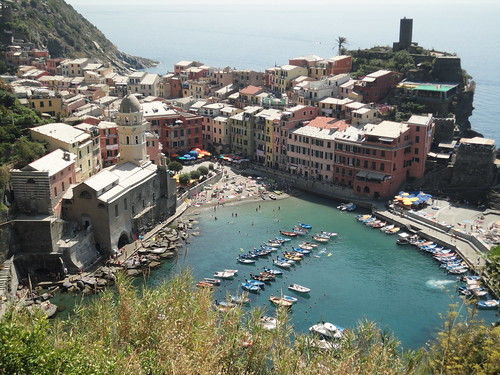
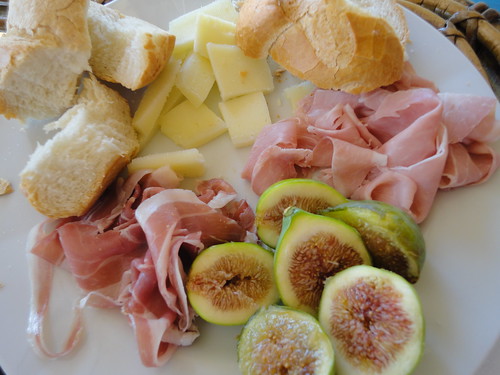
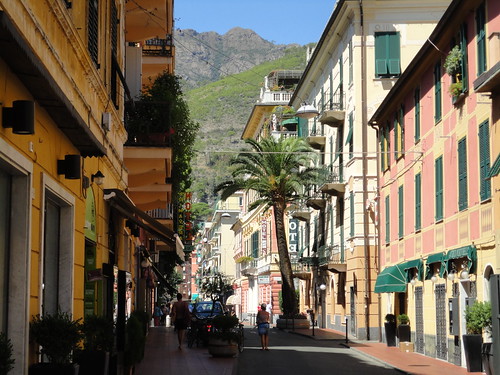
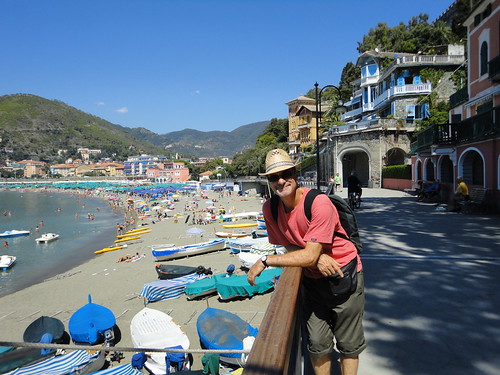
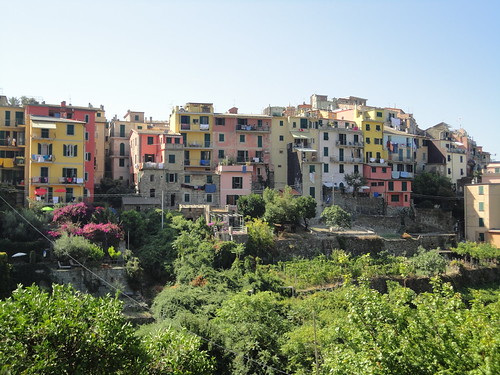


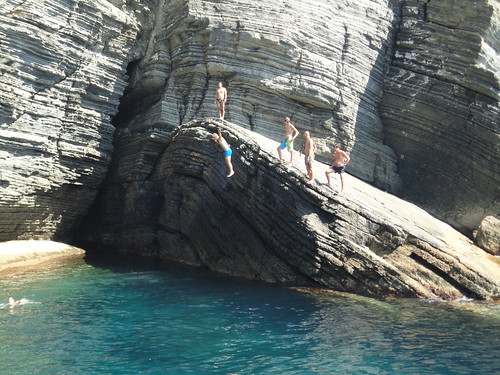
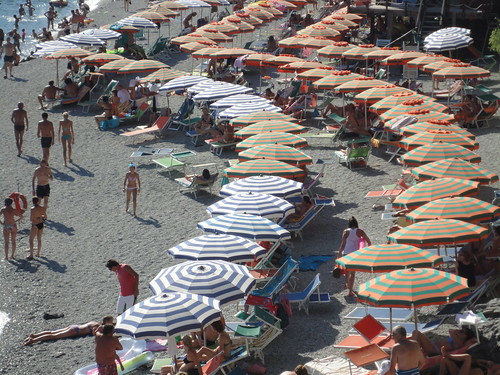
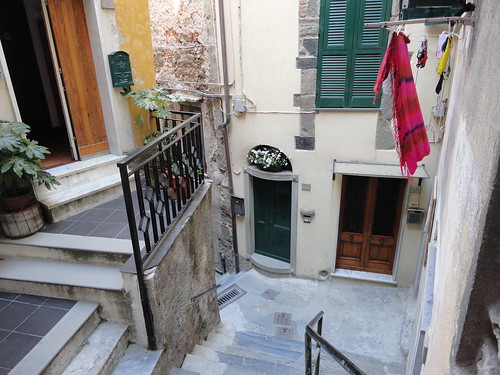

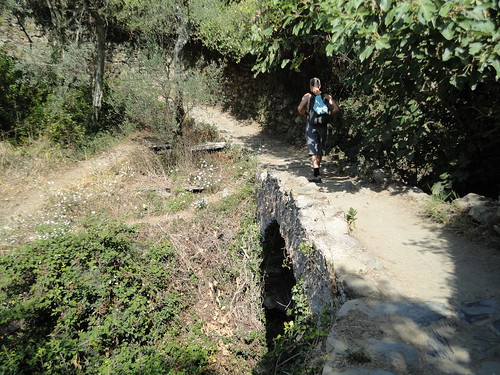
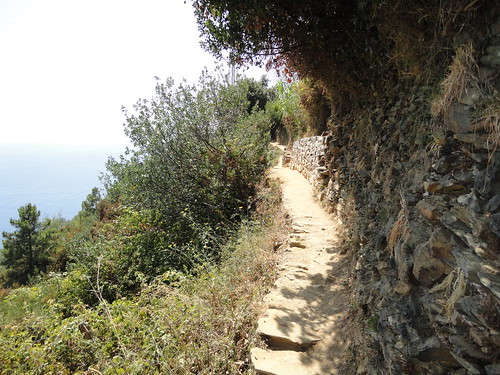
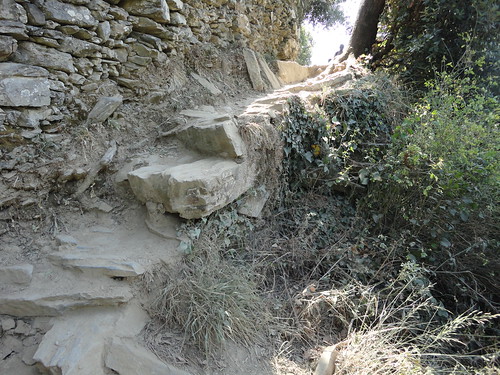
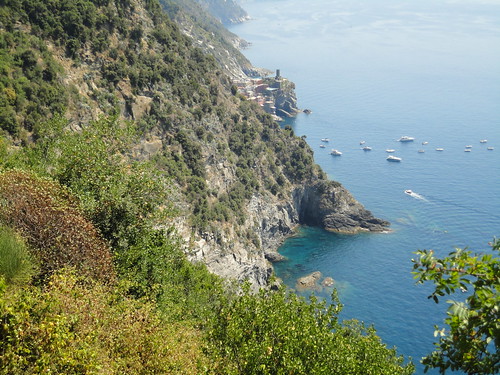
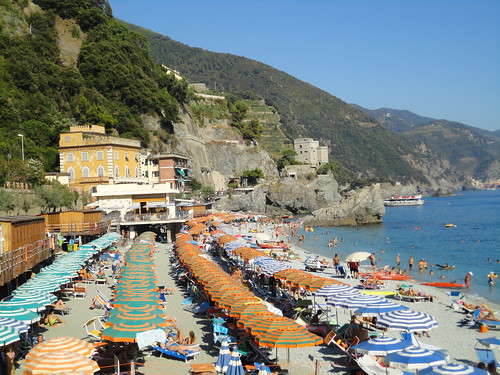

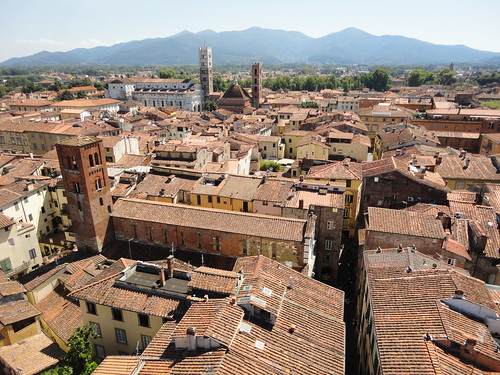
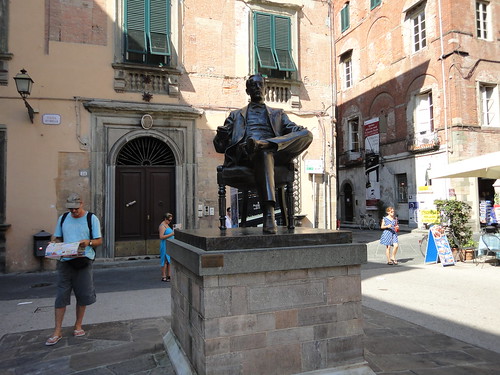
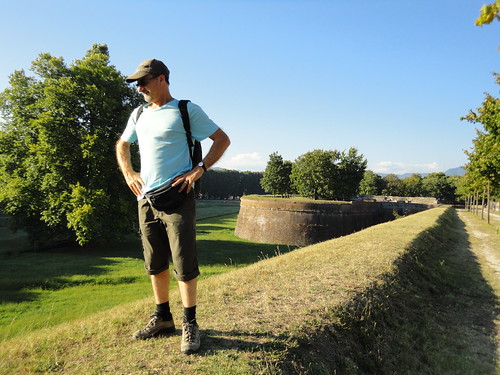
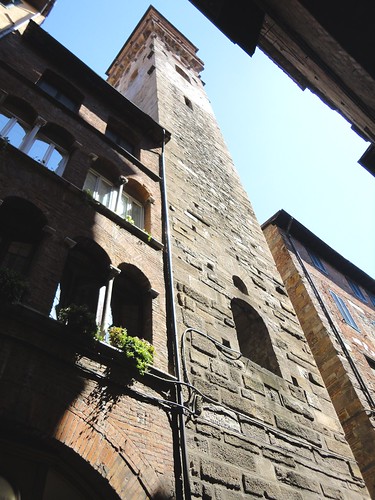


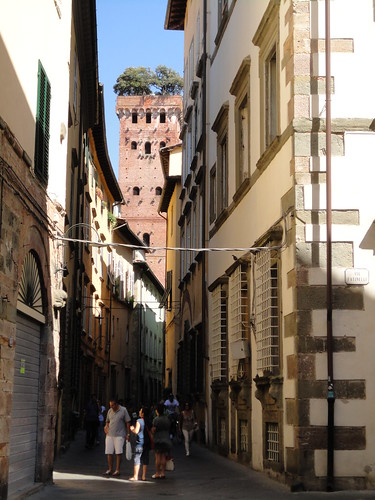
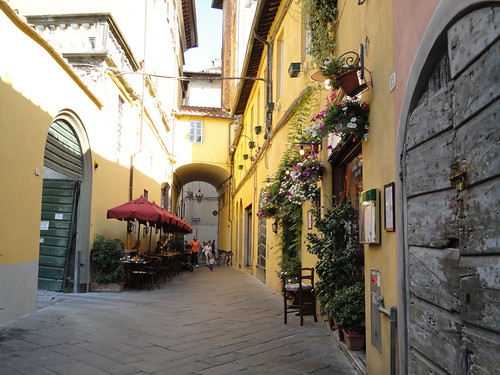
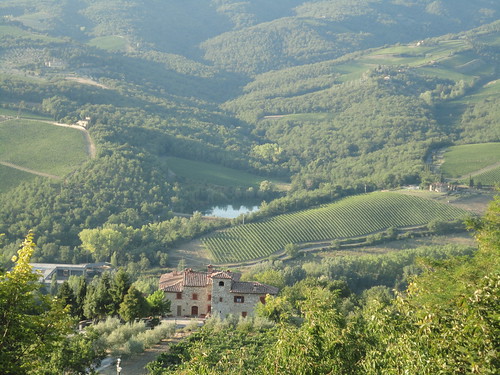
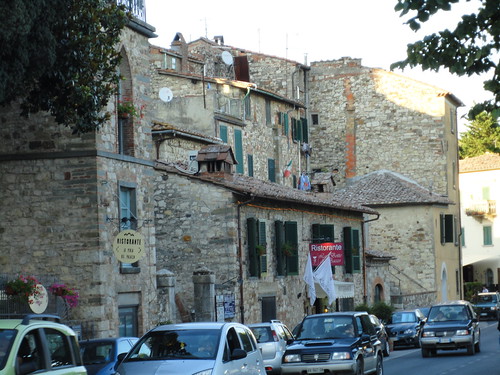


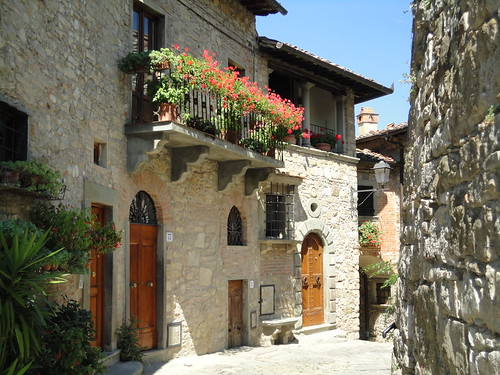
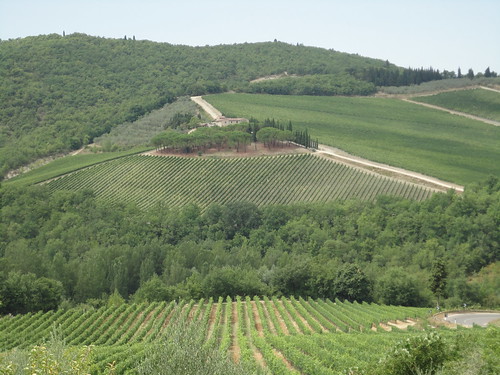
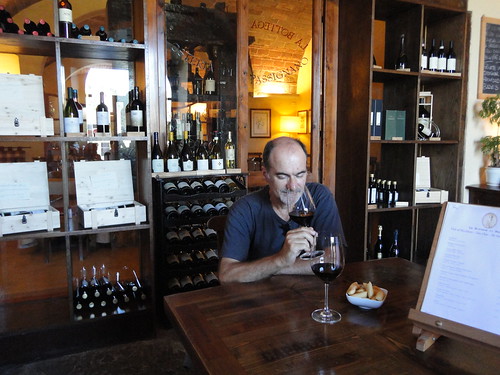
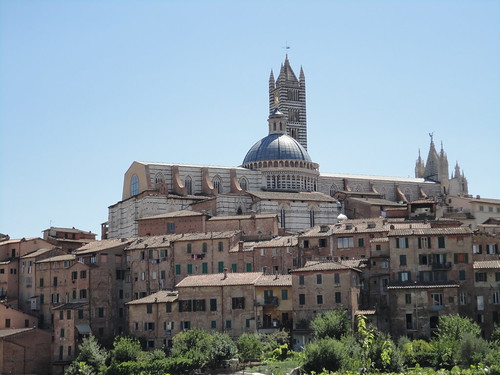
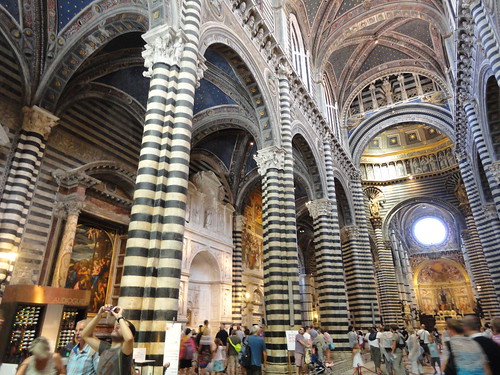
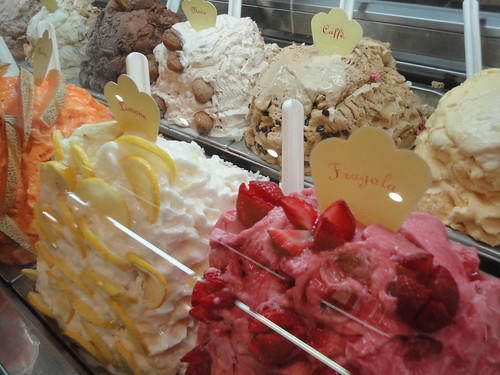
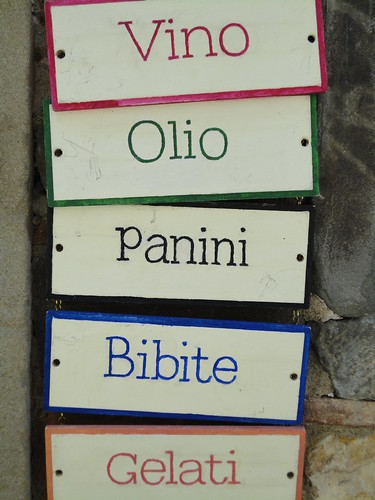
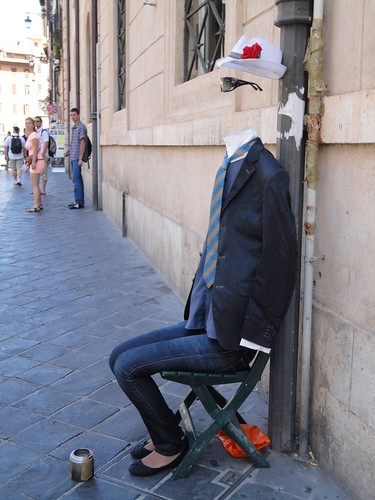
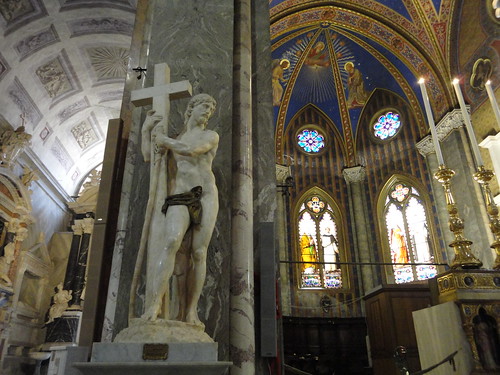
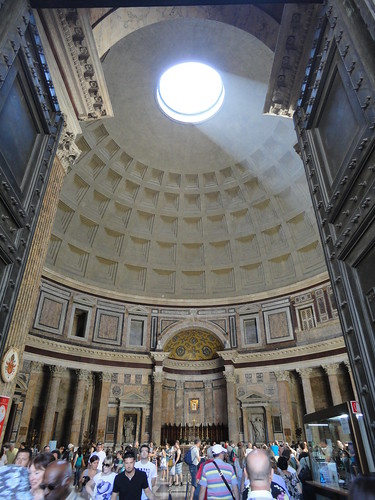
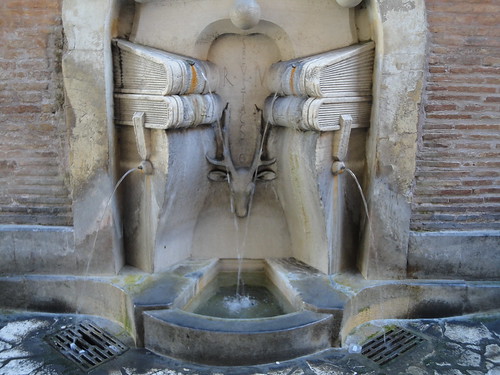
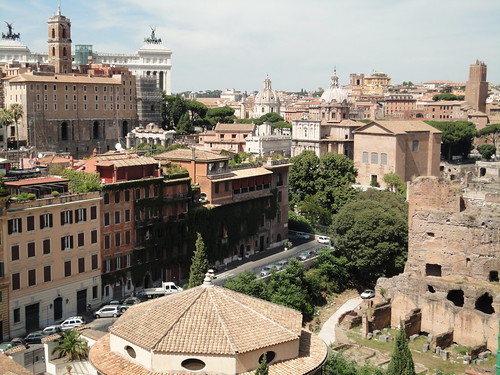
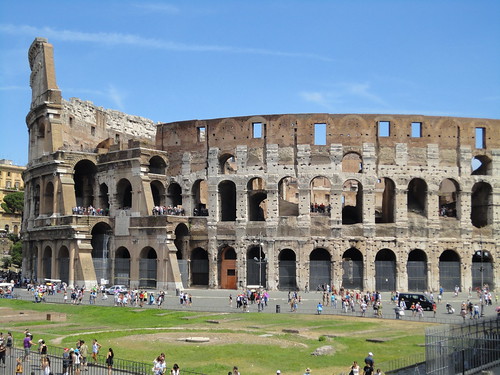
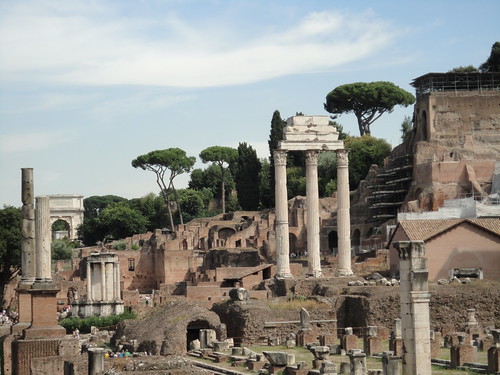
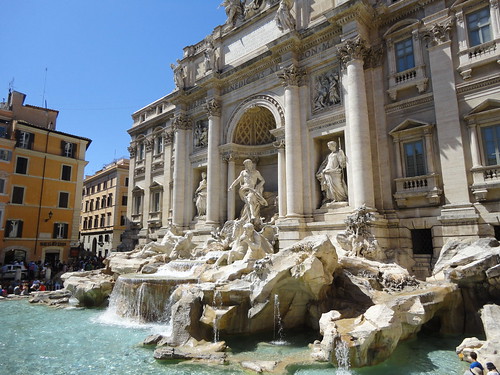
 Hi, I'm Eva - world traveller, cultural explorer and experience seeker. Together with my husband Max, we've been globetrotting for over 20 years.
Hi, I'm Eva - world traveller, cultural explorer and experience seeker. Together with my husband Max, we've been globetrotting for over 20 years.







0 comments: